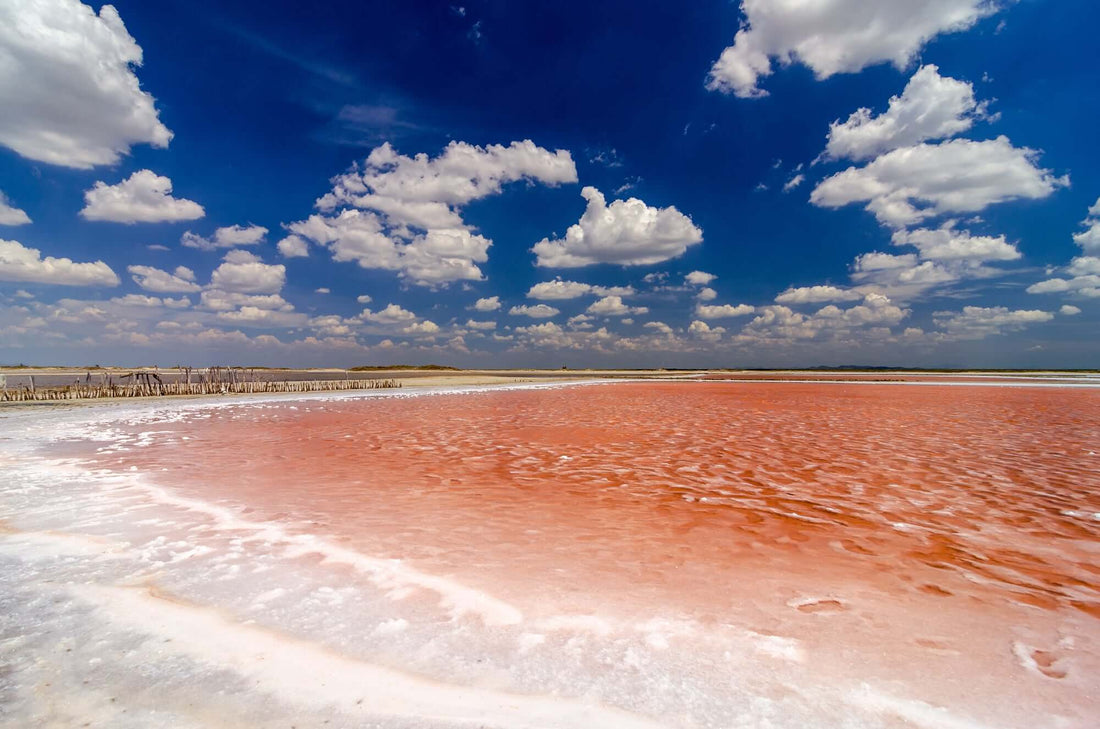 Salt is essential to life. The chemical name for salt is sodium chloride or NaCl. Sodium and chloride are both electrolytes that conduct electricity and can be found in body fluid, tissue, and blood. In human health, electrolytes aid in a number of vital bodily processes. Many heart and nerve functions, muscle control and coordination, and the body's ability to absorb fluids all depend on a healthy balance of electrolytes.
Salt is essential to life. The chemical name for salt is sodium chloride or NaCl. Sodium and chloride are both electrolytes that conduct electricity and can be found in body fluid, tissue, and blood. In human health, electrolytes aid in a number of vital bodily processes. Many heart and nerve functions, muscle control and coordination, and the body's ability to absorb fluids all depend on a healthy balance of electrolytes.
Pre-civilized nomadic men hunted and gathered food and maintained their sodium levels by eating red meat rich in electrolytes and did not need mineral salts to supplement their diet. They used the available salt as a medicine to heal wounds and as a chemical to cure hides and set dyes. Once man became civilized and began farming their diet changed as they grew fruits, vegetables and grains as their staple foods. Halite or mineral salt then became vital as a food preservative, flavor enhancer and sodium supplement to their diet.
Salt in great quantities was relatively rare and found mostly in deserts at that time. Salt trade became a big business and trade routes were established to bring salt to major cities in exchange for slaves, gold and other valuable items. Salt has also played a role in scared ceremonies to please the gods and to celebrate everything from marriage, childbirth, the solstices, and planting and harvest seasons. Salt became so valuable at one point in history that it was traded ounce for ounce for gold. City states waged wars over salt supplies and taxed the salt use of its citizens.
From the earliest civilizations to modern times, man has imported or manufactured salt as a basic necessity of life.
Today's artisans produce gourmet salts in much the same way they were made thousands of years ago. Modern industrial salt manufacturers utilize technologies that filter the brine and evaporate the water from it so efficiently that they can create an almost pure product. But more on that in a future update.




